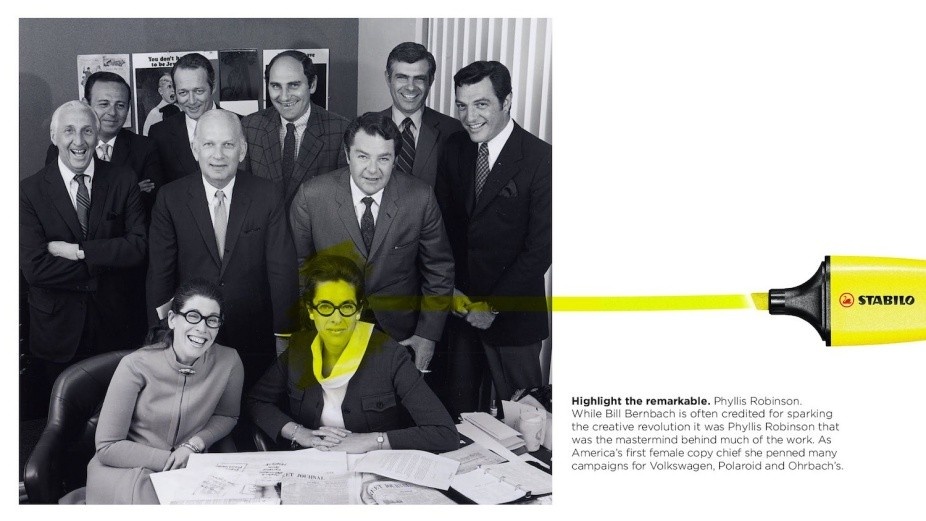Brightening the school year: The history of the highlighter
BY DANIELLE LEGARE

Chisel or bullet tip, yellow or pink, liquid or gel—everyone has unique preferences when using a highlighter to mark passages on a page. While many students and educators highlight to better process information, others take hold of the tool to identify key facts and ideas to return to later.
Brightening classrooms and study sessions for almost 60 years, the highlighter marks books and printed materials with vivid, translucent colors. And the device’s history is almost as vibrant as its neon ink. Francis J. Honn, then vice president of technology at Carter’s Ink, invented the highlighter by accident in 1963 while trying to create a new nonpermanent marker for children. While experimenting with colors and chemicals, he noticed that swiping water-based fluorescent yellow ink over black print helped call attention to—rather than camouflage—the words. He named it the Hi-Liter. According to The New York Times, by the 1970s, highlighters were preferred over pens to mark text.

Stabilo's advertisement campaign highlights remarkable women who played important roles throughout history.
Highlighter pens still remain popular. Students highlight their schedules to remember where to go and at what time. Teachers and administrators highlight words on pages to remember critical details when creating lesson plans or reviewing new policies.
The tool has evolved in today’s increasingly digital world: Google Chrome gives internet surfers the option to add a highlighter extension to their web browsers. Microsoft and Adobe users can translucently color text in electronic documents. Thanks to Amazon, highlighting stimulating snippets of text in eBooks is only a couple of clicks away.
In 2018, the highlighter pen took on a new, innovative purpose. The pen company Stabilo launched its advertising campaign, “Highlight the Remarkable.” The campaign showcased historic black and white photographs with notable women, previously overlooked in the background, highlighted in bright yellow ink, proving the highlighter’s ability to identify meaning and significance in various forms and contexts.